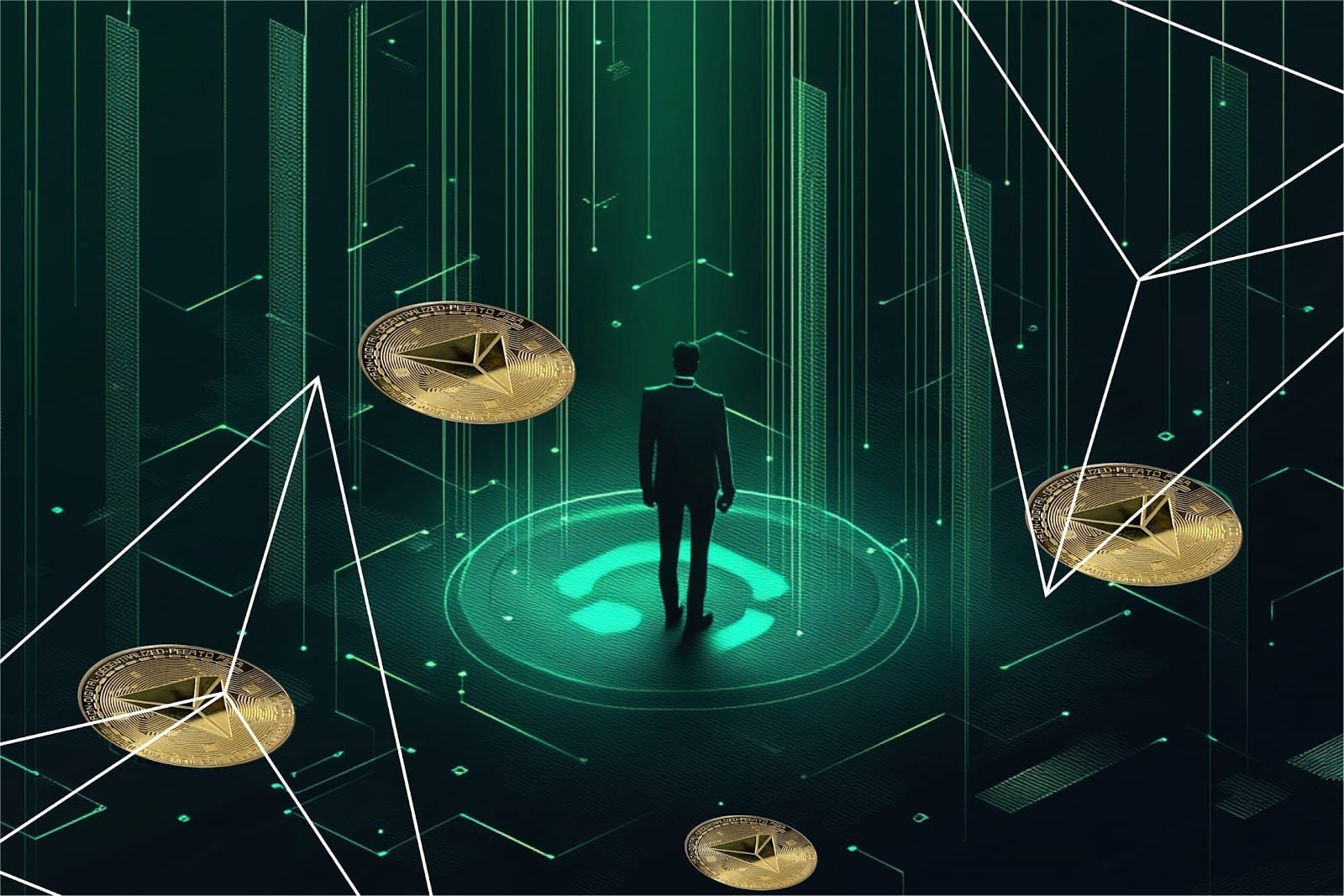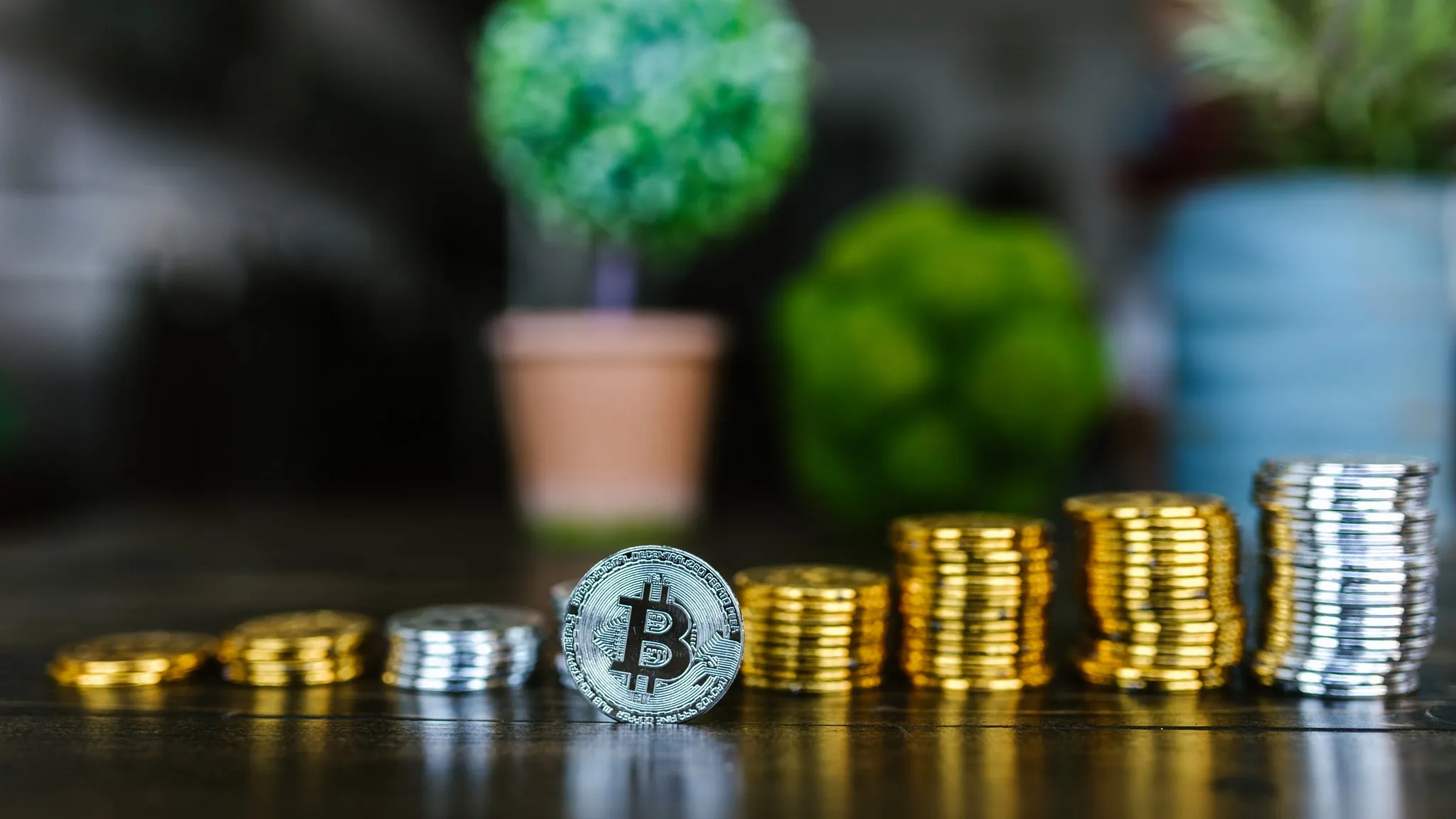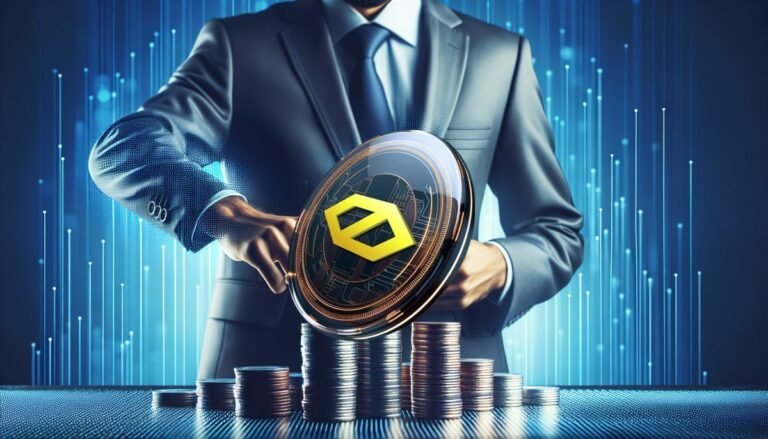The intersection of gaming and cryptocurrency has created unprecedented Gaming Altcoins Investment Opportunities that savvy investors are capitalizing on right now. As the blockchain gaming industry continues to evolve at breakneck speed, digital assets tied to gaming ecosystems are emerging as some of the most promising investment vehicles in the cryptocurrency market. From play-to-earn tokens to metaverse currencies.
The gaming sector represents a multi-billion dollar opportunity that’s reshaping how we think about digital entertainment and financial returns. Understanding these gaming altcoins investment opportunities requires a deep dive into the mechanics of blockchain gaming, the tokenomics of successful projects, and the broader trends driving adoption across global gaming communities.
Understanding the Gaming Altcoins Investment Landscape
The gaming cryptocurrency sector has experienced explosive growth, with market capitalizations reaching new heights as traditional gaming companies embrace blockchain technology. These digital assets serve multiple purposes within gaming ecosystems, from facilitating in-game transactions to enabling player ownership of virtual assets through NFTs.
What Makes Gaming Altcoins Attractive Investments
Gaming altcoins offer unique value propositions that distinguish them from traditional cryptocurrencies. Unlike purely speculative digital assets, Gaming Altcoins Investment Opportunities utility within their respective gaming ecosystems. Players use these tokens to purchase in-game items, participate in governance decisions, and earn rewards through gameplay mechanics.
The play-to-earn model has revolutionized gaming economics, creating sustainable income streams for players worldwide. This paradigm shift has attracted millions of users to blockchain gaming platforms, driving demand for native tokens and creating robust economic ecosystems around gaming projects.
Market Size and Growth Potential
The blockchain gaming market is projected to reach $65.7 billion by 2027, according to industry analysts. This growth is fueled by increasing adoption of NFTs in gaming, the rise of the metaverse concept, and growing acceptance of cryptocurrency payments in mainstream gaming platforms.
Major gaming companies like Ubisoft, Square Enix, and Electronic Arts have announced blockchain gaming initiatives, signaling institutional validation of the sector. This corporate adoption is creating additional legitimacy and investment interest in gaming altcoins.
Top Gaming Altcoins Investment Opportunities in 2025

Established Gaming Cryptocurrencies
Axie Infinity (AXS) remains one of the most recognized gaming tokens, despite market volatility. The platform’s breeding and battling mechanics continue to attract players, while recent updates have improved gameplay and economic sustainability. AXS serves as both a governance token and an in-game currency, providing multiple utility functions.
The Sandbox (SAND) has positioned itself as a leading metaverse platform where users can create, own, and monetize gaming experiences. The token’s integration with virtual real estate and creator tools makes it an attractive long-term investment for those bullish on metaverse adoption.
Decentraland (MANA) operates as the currency for one of the most established virtual worlds in the cryptocurrency space. With major brands establishing virtual presences within Decentraland, MANA benefits from both gaming and corporate adoption trends.
Emerging Gaming Projects with High Potential
Immutable X (IMX) focuses on solving scalability issues for NFT gaming through layer-2 solutions. The platform’s carbon-neutral approach and gas-free NFT minting capabilities have attracted numerous gaming partnerships, making IMX a compelling infrastructure play.
Gala Games (GALA) operates a gaming ecosystem that emphasizes player ownership and decentralized governance. The platform’s diverse game portfolio and robust tokenomics model position it well for sustained growth as more titles launch on the network.
Enjin Coin (ENJ) enables game developers to integrate blockchain assets seamlessly into their games. The token’s backing mechanism for NFTs creates inherent value and utility, while partnerships with major gaming companies provide growth catalysts.
Analyzing Gaming Altcoins Investment Strategies
Fundamental Analysis Approach
When evaluating Gaming Altcoins Investment Opportunities, fundamental analysis should focus on several key metrics. Team composition and development experience are crucial factors, as successful gaming projects require both blockchain expertise and game development skills.
Tokenomics design significantly impacts long-term viability. Sustainable gaming economies require careful balance between token distribution, inflation rates, and utility mechanisms. Projects with well-designed economic models tend to maintain value better during market downturns.
Partnership announcements and platform integrations provide growth catalysts for gaming tokens. Collaborations with established Gaming Altcoins Investment Opportunities, blockchain platforms, or major brands can drive adoption and increase token demand.
Technical Analysis Considerations
Gaming altcoins often exhibit unique price patterns compared to traditional cryptocurrencies. Game launches, major updates, and seasonal events can create predictable volatility patterns that technical analysts can leverage.
Volume analysis becomes particularly important for gaming tokens, as increased player activity directly correlates with trading volume. Monitoring on-chain metrics like active addresses and transaction counts provides insights into platform health and user engagement.
Risk Management in Gaming Crypto Investments
Gaming Altcoins Investment Opportunities risks that investors must understand. Regulatory uncertainty around NFTs and gaming tokens creates potential headwinds for the sector. Changes in gaming regulations or platform policies could significantly impact token values.
Competition within the blockchain gaming space is intense, with new projects launching regularly. Established tokens face constant pressure from innovative newcomers offering improved gameplay or economic models.
Market sentiment toward gaming and NFTs can shift rapidly, creating boom-bust cycles that affect all gaming tokens simultaneously. Diversification across multiple gaming projects and other cryptocurrency sectors helps mitigate concentration risk.
Play-to-Earn Gaming Altcoins A Revolutionary Investment Thesis
The play-to-earn model represents a fundamental shift in gaming economics, creating sustainable income opportunities for players worldwide. This paradigm has attracted millions of users to blockchain gaming platforms, particularly in developing countries where gaming can provide meaningful income.
Economic Impact of Play-to-Earn Models
Play-to-earn gaming has created new economic opportunities in regions with limited traditional employment options. Players in the Philippines, Venezuela, and other countries earn substantial incomes through games like Axie Infinity and Splinterlands.
This economic impact extends beyond individual players to entire communities and local economies. Gaming guilds and scholarship programs have emerged to help new players access expensive NFT assets, creating sophisticated economic networks around gaming tokens.
Sustainability Challenges and Solutions
Early play-to-earn models faced sustainability challenges as token inflation outpaced new player growth. Many projects have implemented burning mechanisms, gameplay improvements, and economic rebalancing to address these issues.
Successful play-to-earn projects now focus on creating engaging gameplay that attracts players for entertainment value, not just earning potential. This shift toward “play-and-earn” models creates more sustainable economic foundations.
NFT Gaming Coins: Digital Asset Ownership Revolution
Non-fungible tokens have transformed gaming by enabling true digital asset ownership. Players can now own, trade, and transfer in-game items across different platforms and games, creating new value propositions for gaming investments.
Cross-Platform Interoperability
Advanced NFT gaming projects are developing interoperability standards that allow assets to function across multiple games and platforms. This interoperability increases the utility and value of gaming NFTs, benefiting the underlying token ecosystems.
Projects like Enjin and Immutable X are building infrastructure to support seamless NFT transfers between games, creating network effects that benefit early adopters and token holders.
Utility Beyond Gaming
Gaming NFTs are expanding beyond traditional gaming applications into virtual fashion, digital art, and social media platforms. This expanded utility creates additional demand for gaming tokens and increases the addressable market for blockchain gaming projects.
Metaverse Cryptocurrency Investments: Building Virtual Economies
The metaverse concept has captured mainstream attention, with gaming platforms serving as early implementations of persistent virtual worlds. Metaverse tokens represent claims on virtual real estate, governance rights, and economic participation in these digital ecosystems.
Virtual Real Estate Markets
Virtual land sales have generated hundreds of millions in revenue for metaverse platforms. Major brands are purchasing virtual real estate for marketing and customer engagement purposes, creating sustained demand for metaverse tokens.
The scarcity of prime virtual locations mirrors real-world real estate dynamics, with location and development potential affecting land values. Early investors in virtual real estate have seen significant returns as platforms mature and attract more users.
Corporate Adoption and Investment
Major corporations are investing heavily in metaverse presence and blockchain gaming initiatives. Fashion brands, entertainment companies, and technology firms are allocating substantial budgets to virtual world engagement.
This corporate adoption validates the long-term potential of metaverse investments and provides stability to gaming token markets. Enterprise partnerships create sustained demand for tokens beyond speculative trading activity.
Investment Due Diligence for Gaming Altcoins

Team and Development Assessment
Successful gaming projects require diverse skill sets including game design, blockchain development, community management, and business development. Teams with previous gaming industry experience tend to understand user acquisition and retention better than purely cryptocurrency-focused projects.
Regular development updates and transparent communication indicate healthy project management. Open-source code repositories allow technical assessment of development progress and code quality.
Community and User Metrics
Active user bases are essential for gaming token success. Metrics like daily active users, transaction volume, and community engagement provide insights into platform health and growth potential.
Social media presence and community sentiment analysis help gauge market perception and identify potential catalysts or concerns. Strong communities often support token prices during market downturns.
Partnership and Integration Analysis
Strategic partnerships with gaming companies, blockchain platforms, or major brands provide validation and growth opportunities. Integration with established gaming platforms can dramatically increase user acquisition and token adoption.
Technical partnerships that improve platform capabilities or solve infrastructure challenges create competitive advantages and justify premium valuations compared to competitors.
Future Trends in Gaming Altcoins Investment Opportunities
Mobile Gaming Integration
Mobile gaming represents the largest segment of the global gaming market, and blockchain integration is accelerating. Mobile-first gaming tokens could capture significant market share as smartphone adoption continues globally.
User-friendly mobile wallets and simplified onboarding processes are reducing barriers to entry for blockchain gaming. This accessibility expansion could drive the next wave of mainstream adoption for Gaming Altcoins Investment Opportunities.
Artificial Intelligence and Gaming
AI integration in blockchain gaming is creating new gameplay mechanics and economic models. AI-powered NPCs, procedural content generation, and personalized gaming experiences are differentiating factors for next-generation gaming projects. Machine learning algorithms are optimizing tokenomics and game balance in real-time, creating more sustainable economic models. Projects leveraging AI effectively may outperform traditional gaming tokens.
Cross-Chain Gaming Platforms
Multi-chain gaming platforms are emerging to leverage different blockchain strengths and expand user bases. Cross-chain compatibility reduces dependency on single blockchain ecosystems and provides flexibility for developers and players.
Interoperability solutions are maturing, making cross-chain gaming more practical and user-friendly. Projects positioned at the center of multi-chain ecosystems could benefit from network effects and increased adoption.
Also Read: Cardano Price Prediction Next Bull Run: Expert Analysis and Targets for 2025-2026
Risk Assessment and Portfolio Allocation
Volatility Management Strategies
Gaming altcoins exhibit high volatility due to their speculative nature and relatively small market capitalizations. Dollar-cost averaging and position sizing help manage this volatility while maintaining upside exposure. Diversification across different gaming subcategories (play-to-earn, metaverse, NFT platforms) reduces correlation risk and provides exposure to multiple success scenarios within the gaming sector.
Regulatory Considerations
Gaming tokens face regulatory uncertainty in many jurisdictions, particularly regarding NFTs and gambling classifications. Staying informed about regulatory developments and choosing projects with compliant approaches reduces regulatory risk.
Some gaming tokens may be classified as securities depending on their structure and marketing. Understanding the regulatory status of investments helps avoid compliance issues and potential delisting risks.
Conclusion
The gaming cryptocurrency sector presents compelling gaming altcoins investment opportunities for investors willing to navigate the complexities of this emerging market. Success requires understanding gaming economics, blockchain technology, and market dynamics while maintaining appropriate risk management practices.
The convergence of gaming, NFTs, and the metaverse is creating unprecedented value creation opportunities. Early investors who identify promising projects and maintain long-term perspectives could benefit significantly from this technological transformation.
As the gaming industry continues embracing blockchain technology, Gaming Altcoins Investment Opportunities will likely expand and mature. Now is the time to research, understand, and carefully position portfolios to capitalize on this revolutionary shift in digital entertainment and virtual economies.


